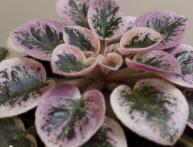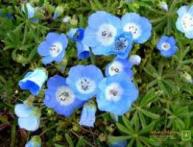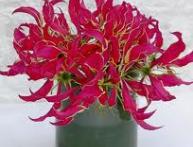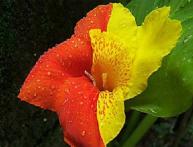Zamioculcas: what to do when the leaves turn yellow and what is the reason?
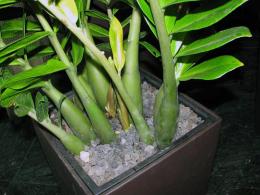
Zamioculcas has become popular among indoor flowers relatively recently. The plant was first described at the beginning of the 19th century. The plant received its modern name Zamioculcas zamifolia already in the 20th century. In the American style, it is also called ZZ. The plant became widely known at the end of the 20th century and the first decade of the 21st century.
This was due to the sale of the flower by Dutch flower companies at special auctions. Thus, not only professional indoor gardeners, but also ordinary amateurs showed great interest in the plant. Despite the fact that the flower is unpretentious, not many people know how to grow a healthy and beautiful one. zamioculcasif the leaves turn yellow, what should you do and how to avoid it? Let's try to understand the reasons for this phenomenon.
Content:
- Are yellowed leaves of Zamioculcas normal?
- Yellow foliage in Zamioculcas as a sign of trouble
- Other causes of yellow leaves on ZZ
Are yellowed leaves of Zamioculcas normal?
Zamioculcas zamifolia is native to Africa. Many believe that ZZ's usual habitat is a sunny, hot desert. Actually this is not true. The usual habitat of Zamioculcas is tropical African forests. Therefore, at home he needs to be provided with good, but diffused light, constant, without sudden changes, temperature and seasonal intensity of watering.
It turns out that the yellow leaves of this plant are not always a sign of trouble. When you don't need to worry about yellow leaves on ZZ:
- If all the conditions for growing zamioculcas are created, and the leaves of the plant begin to turn yellow, you need to carefully examine the plant. In addition to the external inspection, it is advisable to smell the soil in the pot.
- If there is no foreign unpleasant odor coming from the flower pot, and the leaves turn yellow only from the lower part of the shoots, at the same time the shoots are growing well and new ones appear, then there is no reason to worry. Yellowed lower leaves are a sign of growth and rejuvenation of the flower.
The upper young leaves too intensively draw on themselves all the useful substances, depriving the lower leaves of nutrition. In this case, all that remains is to remove all the leaves after they die. However, in most cases, the appearance of yellow foliage on ZZ is a sign of serious problems or diseases.
Yellow foliage in Zamioculcas as a sign of trouble
The most common and most common reasons for the appearance of yellow leaves in a Zamioculcas flower are:
- irrigation errors
- development of rot on roots and rhizomes
- development of stem rot
All these phenomena can be related to each other. If the soil in a pot with a flower is systematically waterlogged, it is at risk of developing soil fungi. They are the ones who provoke rotting of the roots. This is evidenced not only by yellow leaves, but also by the plant stopping in growth and the absence of new shoots.
If the process is not stopped in time, then putrefactive processes will spread to the stems. Let's try to figure out whether it is possible to save the flower in the listed cases and how to do it.A sign of waterlogging and the appearance of root rot is not only yellow leaves, but also a strong putrid odor from the pot. In this case, only immediate measures can save the flower. For this:
- the plant is taken out of soil
- radically prune all soft and dark rhizomes to healthy places
- wash the roots with water
- sprinkle the cuts with pulverized coal
- transplant the zamioculcas into another pot with new soil
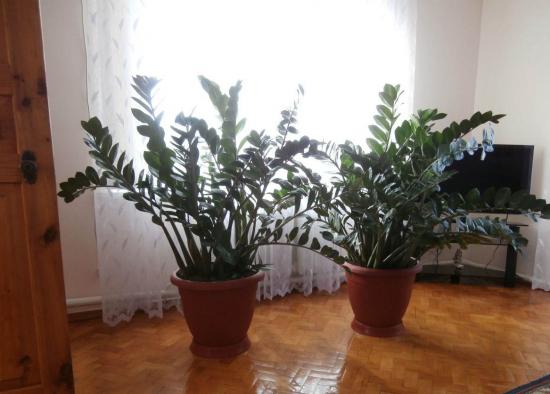
Important! Since there are fewer roots as a result of pruning, ground shoots with leaves also need to be pruned. If the bulk of the roots are affected by rot and the process has already spread to the stems, then such a plant can hardly be saved. In this case, you need to take a few healthy leaves and root them.
The rest of the plant, affected by putrefactive processes, unfortunately, will have to be disposed of. As you know, any disease is easier to prevent than to treat. ZZ - refers to those plants that are better not to water at all than to flood.
The main method of prevention is compliance with the humidity regime. The optimal frequency of watering is once every 7-10 days.
In winter, the plant should not be watered more than once every 3-4 weeks. However, sometimes the earthen lump dries out to such an extent that the hardy Zamioculcas begins to turn yellow. If it happens that the plant cannot withstand the drought, then it needs to be transplanted into new soil and watered so that the entire earthen lump is saturated with water.
It is advisable to add a root growth stimulator to the water. Further watering should be carried out according to the scheme. In addition to the above, there are several other reasons for the appearance of yellow leaves on this flower.
Other causes of yellow leaves on ZZ
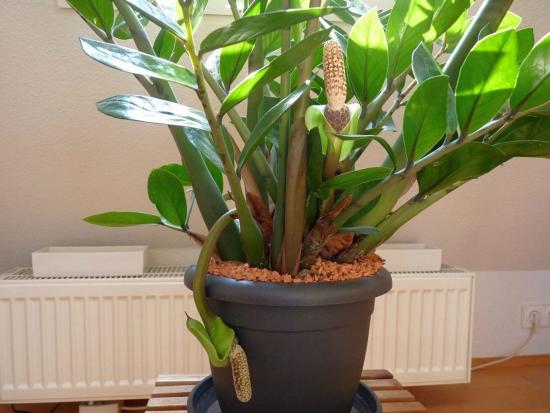
ZZ leaves turn yellow if:
- the plant is standing in very bright direct sun
- prolonged stay at temperatures below + 16
- there was a sudden change in temperature
- the air in the room is too dry
You can prevent the appearance of yellow leaves by changing the growing conditions of the flower. More complex measures will need to be taken in the case where the cause of the yellowness of the leaves is the infection of the flower with spider mites or aphids. Fight these pests It is possible using both traditional methods and systemic insecticidal preparations.
Among folk remedies, you can use not only plain water, soap solution, but also tobacco infusion. Treating the flower with sulfur powder or preparations such as Zircon will also help. When growing a zamioculcas flower, it is important to observe simple conditions for its maintenance and ZZ will delight you with a healthy and well-groomed appearance.
Zamioculcas on video: planting and care:



